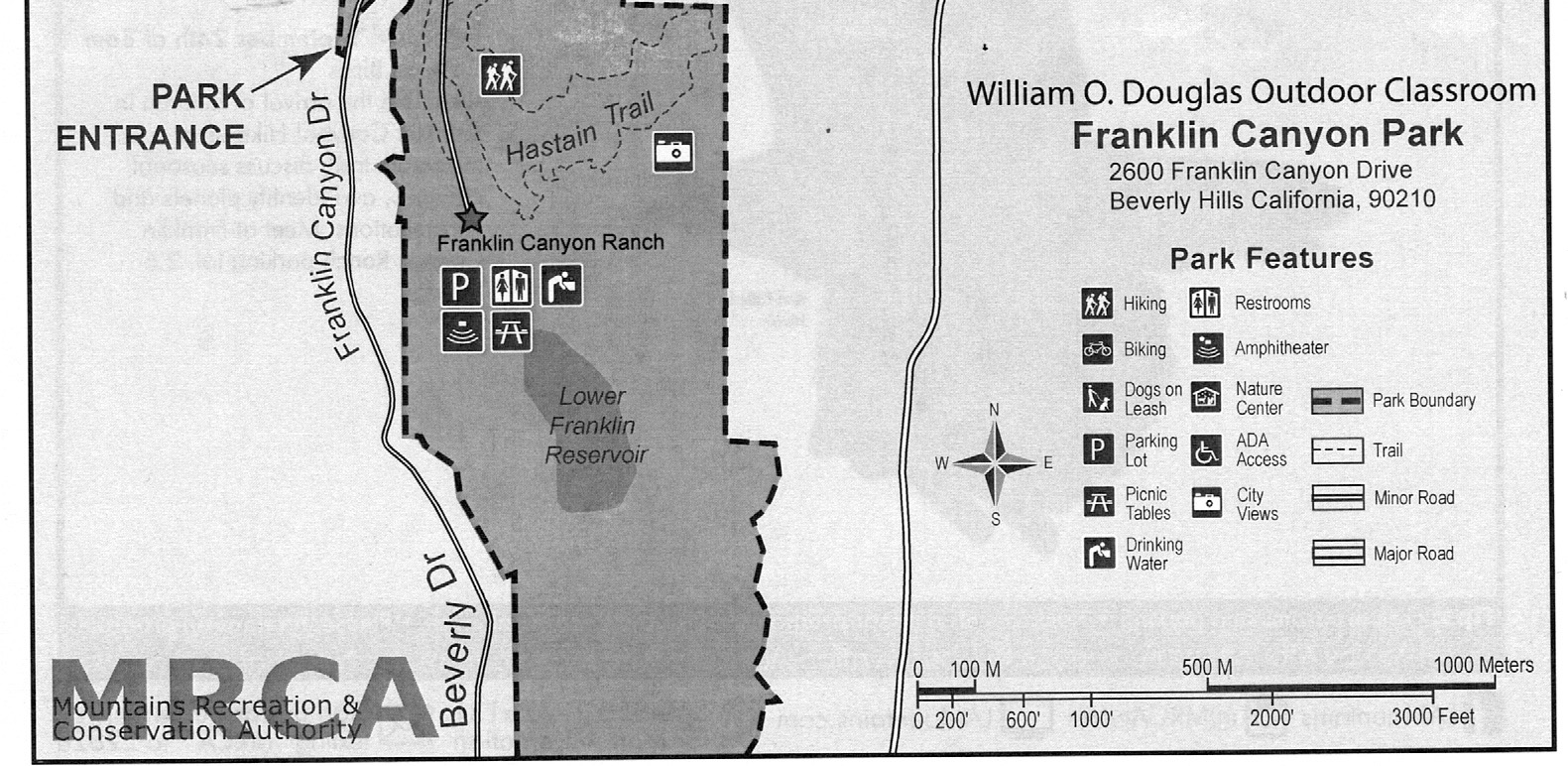COLDWATER CANYON—The Hastain Trial (Peak Trail) in the William O. Douglas Park west of Coldwater Canyon has been a hot topic of dispute between the hikers and the owner of adjacent land, scheduled for development.
In 2011 a hiker observed some hillside-grading, and learned that a developer had purchased the land adjacent to the park, and planned to exclude hikers from using the Peak Trail, which crosses onto the developer’s property.
She rallied supporters. By Mid-September 2011 a lawsuit was filed to stop development and keep the trail open to the public. (LASC # BC469573) In late 2012 the parties went to trial. Plaintiffs claim sought to declare the portion of the Peak Trail an “Implied Dedication by Law for a Public Recreational Easement.” This would preserve access to the trail. Hikers have been using the trail well before the park was created. Indeed a 1952 survey marker identified the Peak Trail’s summit.
The Plaintiffs claim for hikers’ access was based on CA Civil Code Sec. 1009.
- f) No use, subsequent to [03/04/1972] …. shall constitute evidence or be …evidence that the public … has any right in such property by implied dedication. …..
AND
(d) Where a governmental entity is using private lands [spending] public funds on visible improvements … [or] on the cleaning/ maintenance related to the public use … so that the owner knows or should know that the public is making such use of his land, …. shall after five years ripen [into] … a vested right to continue[d] use.
This is the code section has generally been relied upon to establish claims across private property for beach access.
At trial “Legacy Hikers” testified they had used the Peak Trail between March 4, 1968 through March 3, 1972. Seven hikers testified that when they were on the trail they regularly saw other hikers. A former MRCA employee testified that his job included monitoring and maintaining the Peak Trail.
Much of the back and forth at trial dealt with technicalities such as which benchmark of proof would be used? Was a “preponderance of the evidence” required? Did the Plaintiff have to prove that the use was “adverse” to the developer’s ownership rights?
In the end the Los Angeles Superior Court ruled that the Plaintiffs had proven, through the testimony at trial that the MRCA and the Legacy Hikers had met their burden of proving that the Peak Trail must remain open to hikers under the theory the there is an “Implied Dedication by Law for a Public Easement.” along the parts of the Peak Trail which crossed onto the developer’s land.
The Developer filed an Appeal. The Court of Appeals Decision [en banc – 3 Judges] was just published on July 27, 2016. Again the question was whether the Plaintiff’s had made their case that there was a sufficient use of the Peak Trail to keep the trail open to the public. The 27 page decision reviewed the evidence carefully, and determined that only one Legacy Hiker’s experience on the trail met the time frame of March 1967 to March 1972. It also questioned the value of the childhood recollections of a Legacy Hiker.
The Dissenting Opinion challenged the findings of the majority saying that the Court’s inference that the “Fire Road” was an easement granted to the LAFD [although there is no formal record of this being the case] was misplaced. The Court was also swayed by the fact that neither party brought forth any evidence concerning the ownership of the property from 1968 to 1972, and whether that owner objected to the public use of his property at the time.
The Court of Appeals held that the Plaintiff’s failed to meet the heavy burden of proof by which it could take away another’s property rights as sought in this case. It ruled that the Peak Trail crossed a fire road. That fire road was under an easement belonging to the Fire Department, and not the owner. Therefore there was no question to be resolved regarding the Legacy Hikers and the MRCA’s maintenance of the Peak Trail portion on the developer’s. The fire road easement extinguished the possibility of putting the developer “on notice” that others were using his property without his permission during the 1967 to 1972 prescribed window.
With the Concurring Opinion practically laying out a roadmap for an appeal, the question is whether this case reaches to the Supreme Court for an ultimate decision, or will the decision of the Court of Appeals stand?






